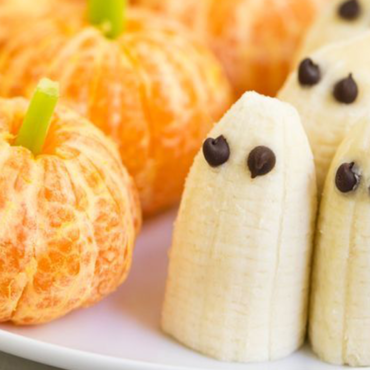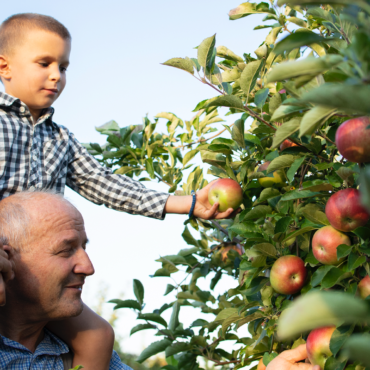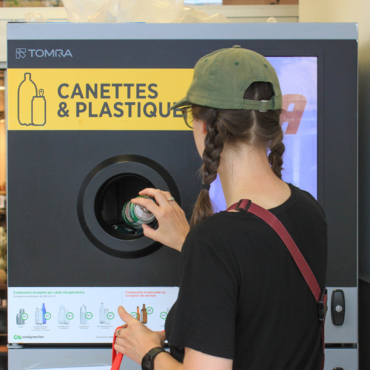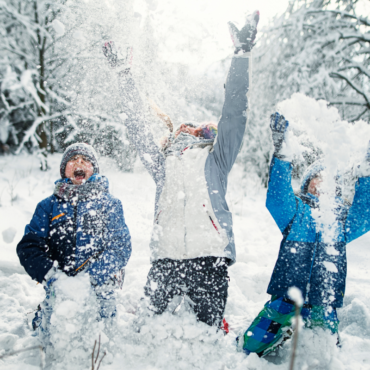Blog & News
Tips and tricks
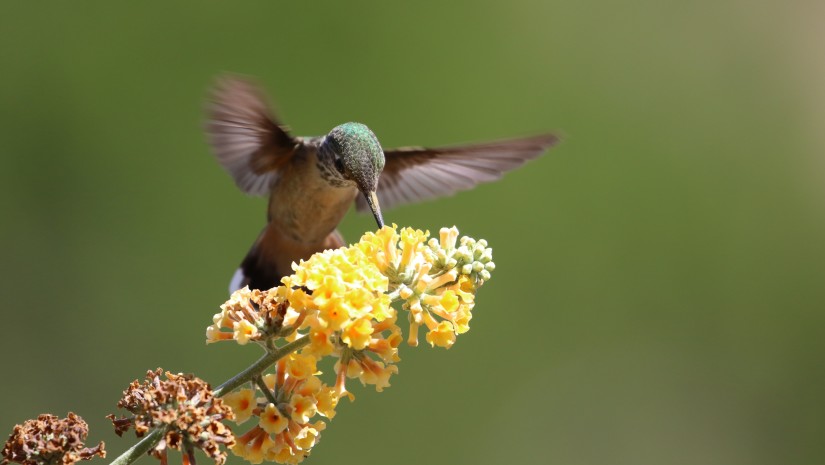
Honey bees, wasps, bumblebees, beetles, butterflies, and some birds all have something in common. They are the invisible little hands that work to transport pollen from one plant to another as they forage, allowing plants to fertilize and bear fruit.
Welcome to the wonderful world of pollinators. 🐝🦋
Pollinators are essential to the balance of ecosystems.
“It’s estimated that one in three mouthfuls of what we eat comes from pollination. Almost 80% of flowering plants need pollinators to produce fruit and seeds.” This statistic from the Montreal Botanical Garden shows us the titanic work quietly done by these creatures. Still not convinced? The contribution of pollinators to world food production is estimated at 153 billion euros for 2005. They enable us to eat, take care of our health (certain plants are essential in the production of medicines), and preserve natural environments. More statistics: if the honey bee (one pollinator among many others) were to disappear, it is estimated that apple and pumpkin production would drop by 90% and blueberry production by 80%.
However, like all of biodiversity, pollinators are in decline.
The good news? The situation is reversible and it is possible to take action at our level. So how about starting now? 😉
Growing honey plants
Whether it’s on your window sill, on your urban balcony, in your large garden in the countryside, or even right in the street, grow melliferous plants. These plants are more nutritious for pollinators because they are rich in nectar and pollen. Melliferous plants are often very colourful, so they attract our foraging friends better and from farther away (hello there sunflowers!). 🌻🌺 🌸
Now you’re thinking, how am I going to get all this stuff into my garden? A solution for some could be to stop with the clean, well-mowed lawn and let nature take its course! 🌱
Another tip for choosing your plants: pick plants that bloom throughout the year (some can bloom as soon as early spring, others are better known to bloom late in the autumn).
Hey! 1 gram of honey represents about 8000 flowers gleaned! So what are you waiting for? 😉
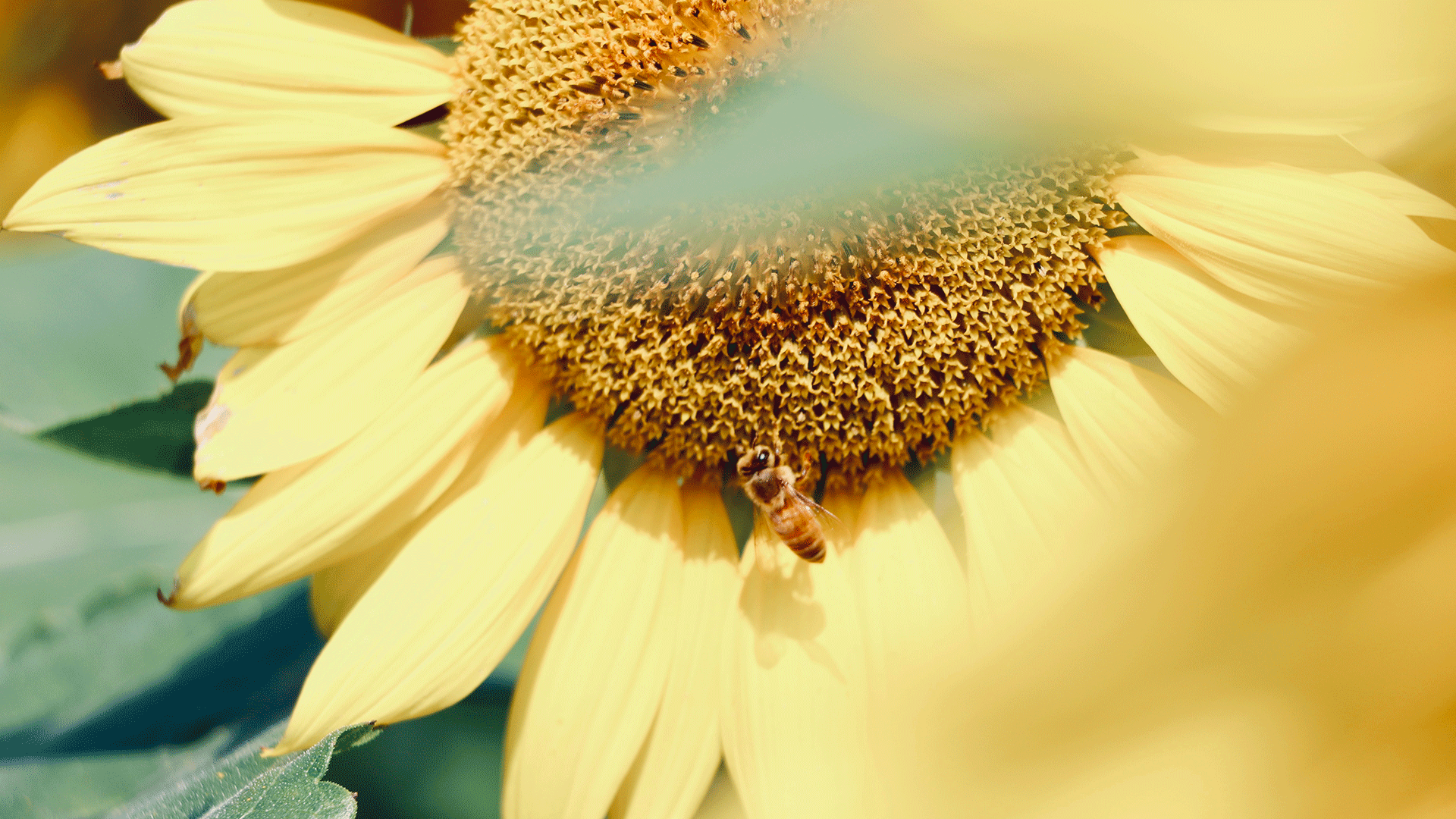
Say NO to pesticides
According to Quebec beekeepers, about one-third of hive losses are directly a result of insecticides. Since their appearance in 1995, the mortality rate of bees has gone from 5% to 30%. Being a sorcerer’s apprentice is often dangerous. Respecting nature’s cycles often requires patience and extra effort, but for good reason. Nature needs time. You’ve got pest problems? There are many natural methods (especially those used in permaculture) that allow us to combat these garden pests. 🌿
So for our pollinators and our environment (and for our health?), let’s stop using pesticides! 🙅🏼 And as mentioned earlier, let’s promote organic!
Restore their habitats
Brownfields, gardens, and farmland are all places that are at risk of concrete and pesticides. It is therefore important to conserve existing habitats, but also to create new ones. Does your balcony have space? Now is the time to create a small paradise for pollinators. For certain, when your neighbours see it, they’ll follow suit! 😍
Encouraging your work, your school, your municipality to take action
But once my balcony is in bloom and I can see these useful bugs returning, what more can I do? It’s to act at the individual scale, but supplementing this with collective action is even better! 🙌
Vacant municipal lots, parking lots, roadsides, or the edges of farmland are all suitable places to grow and plant. Contact your business, school, or municipality to talk about these issues. And why not setup a citizens’ group on the subject?
Is anyone out there skeptical? Tell them about the City of Guelph, Ontario. In collaboration with the University of Guelph, it is working to create the “Pollinator Park,” a 40-hectare landfill site that has been converted into an urban habitat suitable for all life cycles of pollinating insects and able to host educational and recreational activities.
It’s encouraging, isn’t it? 🤩
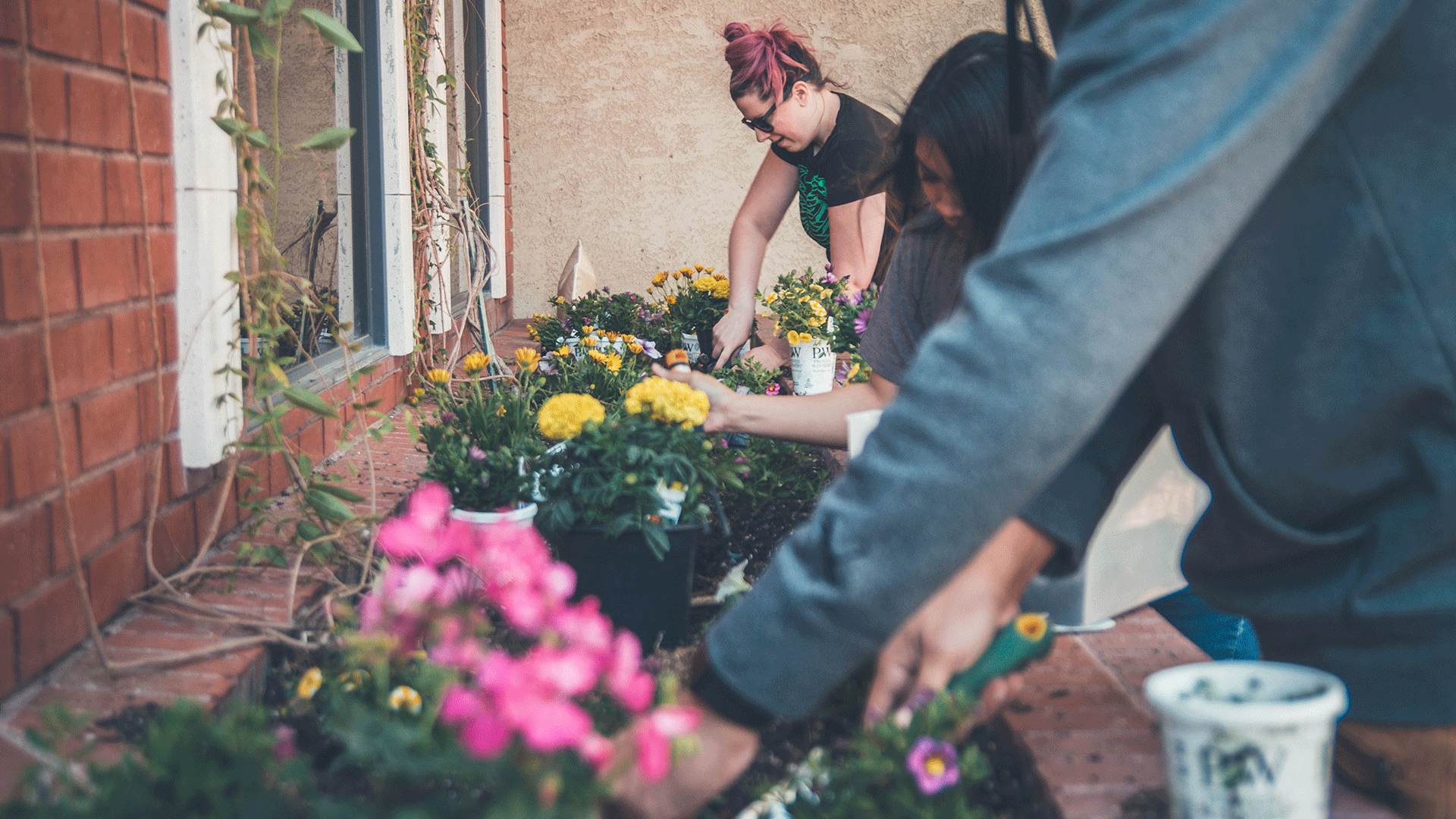
Keep informed
There are many resources on the internet to help you learn more about pollinators and how to protect them. This is a subject that is important to learn more about. 📚
For example, after reading this article, you might think, “What if I put hives on my roof to help the cause!” 🤔 Well, that could be counterproductive. You don’t just become a beekeeper overnight. 🤷
Moreover, according to the experts, adding hives everywhere, without a more global vision, can become problematic. Too many hives in an urban environment can lead to competition for resources and thus the starvation of bee populations.
SOURCES
Explore our pollinators, Canadian Wildlife Fedderation
Attracting pollinators to the garden, Espace pour la vie
Protecting pollinators, Seeds of Diversity
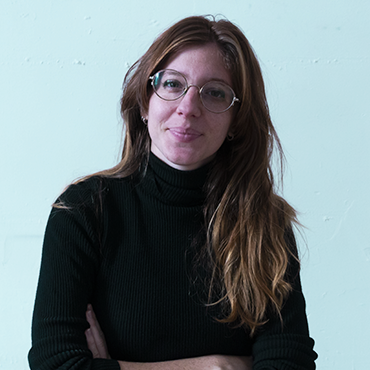
Head of Digital Communications
Sophie Turri
Convinced of the importance of citizen mobilization and awareness, Sophie is very involved in local action in her city. The rest of the time, you will find her debating or with her nose in a book (to prepare her next arguments!). A Montrealer at heart, she likes to wander the streets and find new restaurants or cozy cafés.
View all posts...Related posts :
Contact us
Earth Day Canada
5818, boulevard Saint-Laurent
Montréal (Québec) H2T 1T3 Canada
Phone : (514) 728-0116
Toll free : 1 800 424-8758
Fax : (514) 303-0248
Email: hello@earthday.ca
2025 © Earth Day Canada. All rights reserved.
Privacy policy · Terms of use · Trademark
